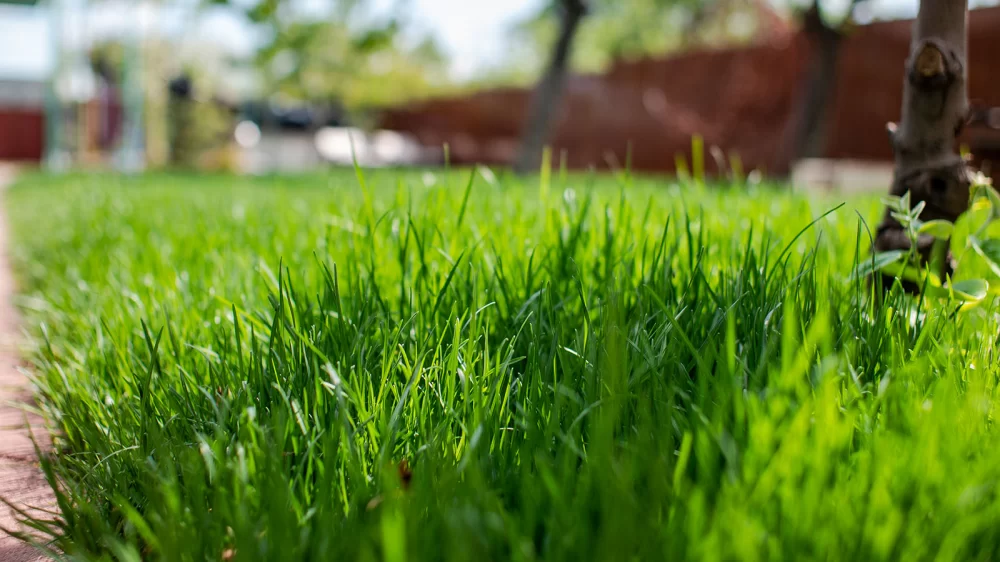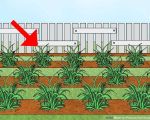
Understanding When to Apply Pre-Emergent Fertilizers
As someone who's been obsessed with having the greenest lawn on the block, I've learned—often the hard way—that timing is everything when it comes to applying pre-emergent fertilizers. If you're like me and tired of seeing crabgrass and dandelions sprouting up year after year, it's time to get strategic. Pre-emergent fertilizer is your best friend in the war against weeds, but using it incorrectly is like showing up to a battle with no ammunition.
1. What Is Pre-Emergent Fertilizer and How Does It Work?
Pre-emergent fertilizers are designed to prevent weed seeds from germinating. They're not weed killers for plants you can already see. Instead, they form a chemical barrier in the soil that stops seeds from sprouting. Think of it like setting up an invisible fence that weeds can't cross. Once the seeds germinate and break through the soil, it's too late for pre-emergents to do their job.
I remember my first spring in Ohio—I tossed some pre-emergent down in May, proud of my proactive lawn care... only to realize weeks later that the crabgrass had already started germinating in April. Lesson learned: you have to act before the weeds even think about waking up.
2. The Ideal Time to Apply Pre-Emergent Fertilizers in Spring
Spring is the most crucial season for pre-emergent application. The key is to apply before soil temperatures reach 55°F for several consecutive days. For most parts of the U.S., this means sometime between mid-March and early April. But don't just rely on the calendar—get a soil thermometer (I bought mine online for $10) and start checking temperatures in early March.
For southern states like Texas and Florida, you may need to apply even earlier, sometimes as early as February. In cooler climates like Minnesota or Maine, late April might be perfect. It really depends on your location and the weather that year. A warm winter can push everything earlier.
Pro Tip:
I’ve found using a crabgrass germination map can help pinpoint your region’s average germination window. Once I started using these tools, my weed problems dropped significantly.
3. Fall Application: The Secret Weapon for Broadleaf Weeds
Spring isn't the only season for pre-emergents. Applying them in the fall can help prevent winter annuals and broadleaf weeds like chickweed and henbit. I discovered this strategy after dealing with a massive henbit invasion one October. My local lawn care specialist clued me in, and I’ve never skipped a fall application since.
For fall pre-emergent timing, aim for when soil temps drop back to around 70°F and continue cooling. This is usually late August to early October depending on your zone. Again, a soil thermometer is your best ally here.
4. How to Apply Pre-Emergent Correctly
Application is just as critical as timing. I use a broadcast spreader and walk at a consistent pace to ensure even coverage. After applying, water it in lightly unless rain is expected within 24 hours. This activates the barrier in the soil.
Be mindful not to aerate your lawn or overseed soon after applying pre-emergent. The product doesn't discriminate—it’ll stop your good grass seed from germinating, too. I once made the mistake of overseeding two weeks after applying pre-emergent in the fall and saw absolutely no growth. Big waste of time and money!
5. Types of Pre-Emergent Fertilizers to Consider
There are granular and liquid forms, and each has its fans. I prefer granular because it's easier to spread and less messy. Look for products that contain dithiopyr, prodiamine, or pendimethalin—these are the heavy hitters for preventing common lawn weeds. I alternate between prodiamine in spring and dithiopyr in fall to mix things up and reduce resistance.
6. Weather and Local Climate: The Deciding Factors
Living in the Midwest, I’ve learned to never trust the calendar alone. One spring, an early warm spell tricked me into delaying my application. A week later, we were in full crabgrass chaos. Now, I base my plan on soil temperature trends, not the date. Local university extensions often publish helpful charts for your state or region.
If you're in a high-rainfall area, consider splitting your application into two lighter ones—one early and one mid-season—to maintain protection without risking runoff. I started doing this two years ago and have had fewer issues with patchy coverage.
7. Real Stories: Why It Matters
One summer, my neighbor Doug skipped his pre-emergent in spring, figuring he'd just pull weeds as they came. Fast forward to June, and Doug was spending hours every weekend yanking crabgrass while I enjoyed beers on my patio, admiring my lush, green, weed-free lawn. Now, Doug texts me every March to ask when I’m applying my pre-emergent.
Final Thoughts on Timing Your Pre-Emergent
Applying pre-emergent fertilizers at the right time isn’t just a suggestion—it’s essential lawn care science. By learning your region's germination window and following a consistent schedule, you can dramatically reduce the time and money spent fighting weeds later. Whether you’re in the South, Midwest, or Northeast, a proactive approach makes all the difference.
And if you’re looking for professional help, I always recommend visiting our website, Lawn Care Services, to find expert guidance and customized service packages based on your local needs. You deserve a lawn that turns heads—and it starts with getting your pre-emergent game on point.








